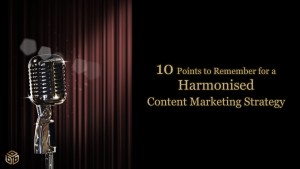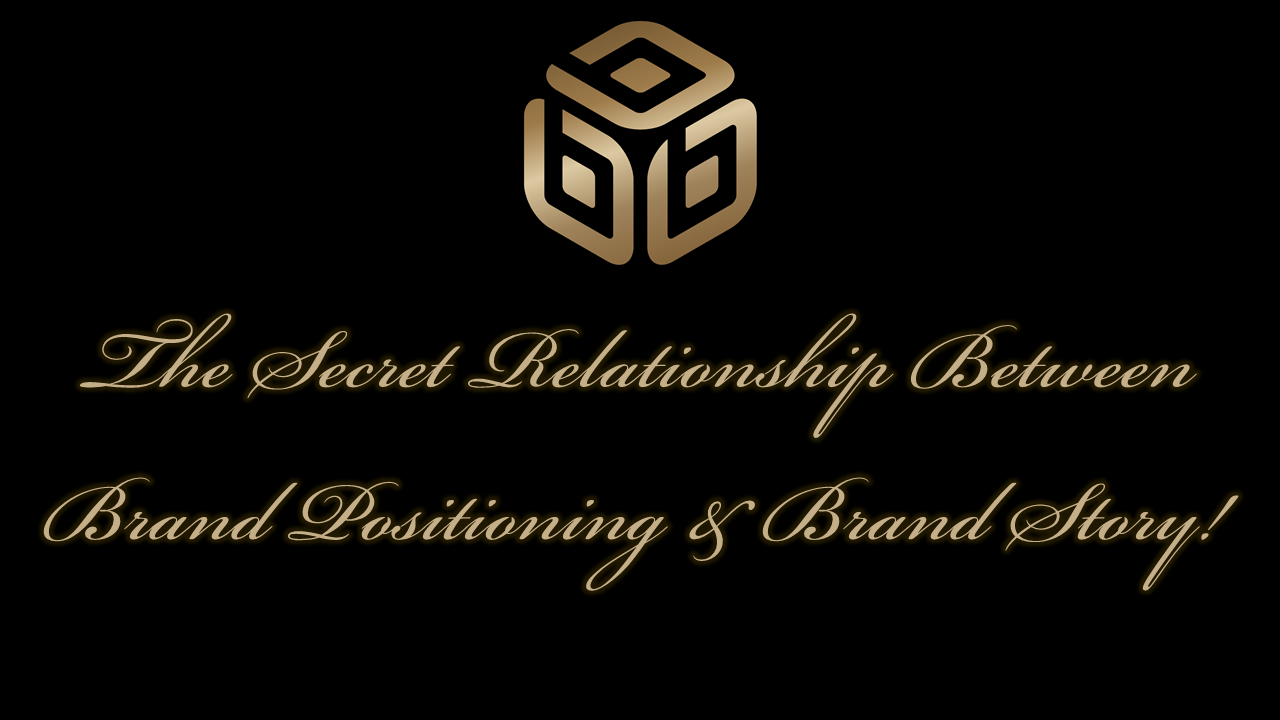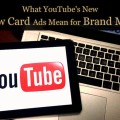10 Points to Remember for a Harmonised Content Marketing Strategy
 In today’s rapid online world, your brand has few seconds to make its first impression. Content marketing strategy considered being a powerful way to server that purpose. It could act as a magnet to engage your target audience, bring in revenue and make your brand stand apart from your competitors. Content marketing strategy isn’t just a couple of posts related to your brand. It’s an entire business strategy combines science with creativity. Therefore, it’s very helpful to remember (reconsider) these 10 points in order to have a harmonised and improved content marketing strategy for your brand.
In today’s rapid online world, your brand has few seconds to make its first impression. Content marketing strategy considered being a powerful way to server that purpose. It could act as a magnet to engage your target audience, bring in revenue and make your brand stand apart from your competitors. Content marketing strategy isn’t just a couple of posts related to your brand. It’s an entire business strategy combines science with creativity. Therefore, it’s very helpful to remember (reconsider) these 10 points in order to have a harmonised and improved content marketing strategy for your brand.
1. Integrating Multiple Communication Channels
A website or a blog is terrific as a starting point for your brands contents. Though, don’t just stop there! Integrate more diverse channels and tools as possible. Remember to include social media channels that concern your target audience, webinars and affiliate programs, email marketing…etc. The idea here is to have an integrated arsenal of communication platforms that could communicate effectively with your audience at different points.
Moreover, why not trying to integrate your online content with offline ones. For example, if you have a physical store, then why don’t you utilise your store to strategically convey your potential messages at different customers’ touch points. Use the right message, at the right time and at the right location. You will help your customers to live an integrated brand experience. Plus, you will supply your core messages with extra convincing power.
Make sure, that you have an integrated strategy to communicate one message/theme at a time (online & offline). You will have a better chance to persuade more customers with that.
2.Viewable From any Device
Alex Shipillo, marketing head at Pressly.com has stated that 40% of all web traffic derives from mobile devices. He also notes that due to this fact, website content needs to be viewable and look good for the reader, optimized for a broad range of mobile and tablet devices.
Hence, the point here is to make sure that you are optimising your website/blog to all possible devices and formats in order to enhance audience’s experience.
3.Utilise Previous Content and Sources
Perhaps, some colleague of yours have previously written different content pieces but had failed at gaining proper exposure for them. Check if you could edit or readjust those contents for reuse/recycle.
What about performing a SWOT analysis on your current content production process? It’s really possible to find that you need a new content team, sources, process and structure.
4.Don’t Underestimate the PLAN Power
A recent Kapost statistic stated that 56% of content marketers don’t actually have a planned content marketing! While many may think that it is a time consuming process, content strategy experts have asserted over and over again that in the long-run, a well-designed content marketing plan is really powerful and worth the effort.
5.Strategic Goals
Be strategic when you deal with your contents to have strategic results, and don’t forget to integrate your content strategy with your overall marketing strategy. It could sound obvious, though we have witnessed at many times that different brands are sending mixed signals by different communication channels. As a result, having confused audience.
6.Do not Over-Promote your Brand
Put your audience in the first place and your content after them. Do not fall in the trap of transforming your contents into mere promotional materials. You might like trying Gary Vaynerchuk’s “Jab, Jab, Jab, Right Hook” approach, which is a great guide to not be overly promotional. His approach is, give your audience 3 times before asking for sales, i.e. “give, give, give, ask”. I recommend that you investigate his concept, I’m sure you’ll find it helpful for your brand.
In short, try to have a persuasive brand rather than a pushy one!
7.Accessibility
Allow your reader to easily access and navigate through your contents. Help them to find what they need as quick as possible (or else you’ll notice the bounce rate at Google analytics!).
In an English written piece, people tend to read from left to right and from top to bottom. when people want to scan content, their eyes move mostly in a “Z” shape, starting from the upper lift going to the right side of the page then down toward the lower left corner, then moving to the right side. As a result, it’s really helpful to allocate your important messages in that order. Give it a go, and test the outcome of utilising those locations!
8.Researched Keywords
Keywords are important for people to find your content. Instead of adding tons of keywords in your content and think that it’ll work. Try visiting GoogeAdwords and use the keyword planner tool. Try anticipating the behaviour of your target audience when they serf the WebSphere, and when they want to search about your solutions.
9.Unique and Original Content
Having unique and original content could be the holy grail of good content. Google’s search engine likes sites with unique and original contents. So, try to produce a lot of that.
In addition, some people do refresh the contents of their websites/blogs every 4-5 months to give search engines more reasons to crawl and inspect their sites again. (this is a trial and error process, so make sure to record what is working for your brand).
10.Old But Gold Content
Old but gold content (also known as evergreen content) are the ones that keep on bringing traffic every time it gets searched for. An evergreen content will always be an important read. Such content could be; “How To” tutorials, Lists of doing X things, Top Tips, Product Reviews…etc. Old but gold content attract people as it provides reference/resource and something important that is worth talking about.
References:
CIO Brian Honigman Kapost Skyword Wordstream




